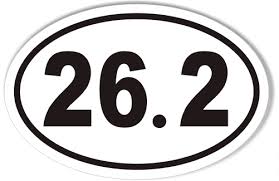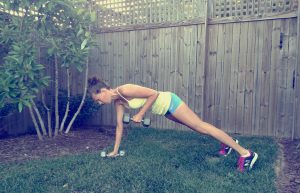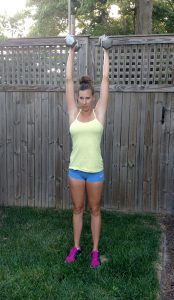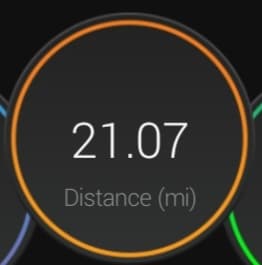Marathon training has a lot of moving parts. Running, stretching, strength training, fueling, recovering, balancing training with family and work. That’s why it also has seasons. It’s impossible to train everything all at once. So, just like football or competitive swimming, there is an a preseason, an in-season, a post season and an off-season. Base building is that preseason.

Preseason is typically six to eight weeks. It begins with gradually increasing weekly miles towards a target determined by your training plan or coach. It consists of easy miles that prepare your body for harder workouts to come.
Base building miles prepare your body for the long haul of a marathon by teaching it lots of things. One big one is motor programming. Muscles learn what order to contract in, how many fibers to contract and how much oxygen and blood that takes. Once our body knows how to run, we need to stress it with more stimulus to see change or improvement. That’s where the build of base phase comes in.
As we push our bodies to run more miles, become more efficient and develop fitness, our stroke volume can increase. Improved stroke volume means more blood is ejected from the heart with each beat and therefore carries more oxygen to hard working muscles. This ties into an improvement in VO2 max, or the maximum amount of oxygen your body can process in one minute. The higher VO2 goes, the better off you are. Other benefits include higher mitochrondrial density. Base building also teaches your body to use fat as fuel and makes you an overall more efficient runner.
While you shouldn’t be doing any very intense or very long workouts during this preseason, it is the perfect time to throw in fartleks, hill work and some shorter tempo runs once a week to break up the miles. It is also a good time to strength train, cross-train and have fun.
Although base building should be fun and seems simple, it is an invaluable part of marathon training. Skipping it can be dangerous. Running hard frequently right out of the gate might give you a confidence boost, but it also looks for trouble. Diving into race pace, long tempo and speed workouts before your body is ready asks for burnout, frustration and potential injury.
Coach Meredith






 not-so-wonderful
not-so-wonderful Plank Rows: These toughies challenge your entire upper body. Your shoulders and core work to stabilize your position while your back works to lift that weight.
Plank Rows: These toughies challenge your entire upper body. Your shoulders and core work to stabilize your position while your back works to lift that weight.
